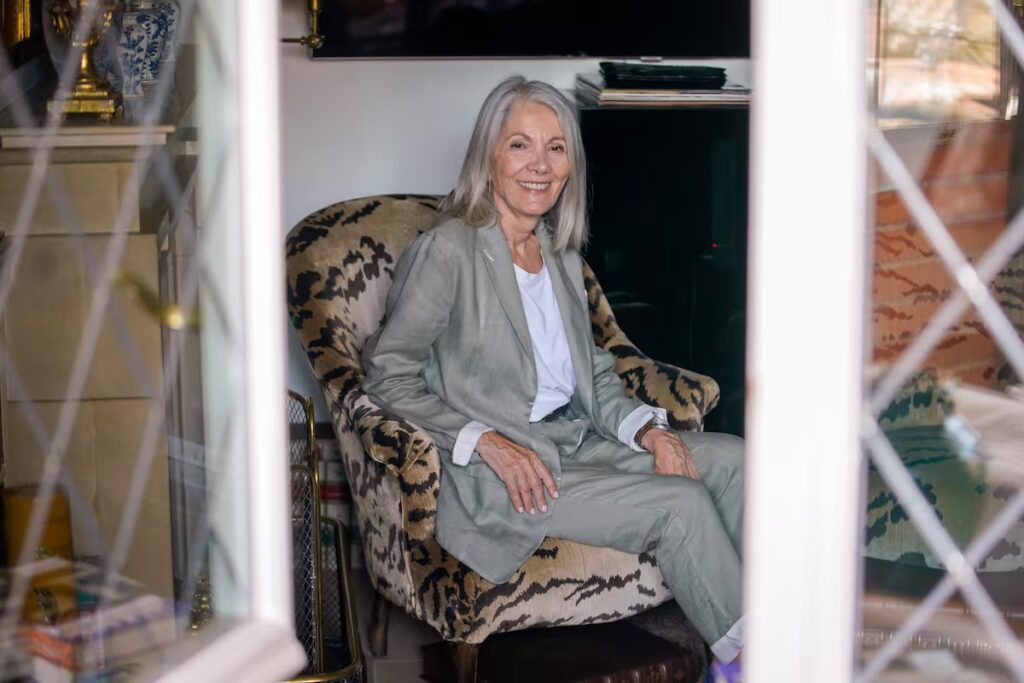Table of Contents
ToggleThe Evolving Landscape of Love and Sexuality in Older Age
At 60 years old, Amada fell in love, feeling “like a 16-year-old girl.” The retired French professor highlights that there is no age limit on love. Despite the growing sexual freedom in today's society, ageism— a silent form of social exclusion—continues to impact many. A United Nations report indicates that 45% of Spain‘s population feels discriminated against due to their age.
Aging and Sexuality
Aging comes with physical changes, but it does not mark the end of pleasure. With an average life expectancy around 83 years, one of the highest globally, the sexual lives of Spaniards are also extending. Notably, 24% of people aged 65 and above in Spain engage in sexual relations at least once a week, according to the latest National Survey of Sexual Health.
Similar trends are noted internationally. In the United States, 40% of individuals between 65 and 80 remain sexually active, according to a University of Michigan survey. In the United Kingdom, a study found that 86% of men and 60% of women aged 60 to 69 report being sexually active. Even among those aged over 90, 10% identified themselves as sexually engaged in a Swedish study.
Changing Perspectives on Sexuality
Amada reflects on her youth, noting, “At 20, there is more strength and energy. But now, at 76, sex is approached more calmly. It's less frequent, yet still pleasurable.” Defining sexuality can be increasingly complex, as noted by Aina Bertomeu, a sociologist at the University of Valencia. She explains that sexuality is a social construct shaped by cultural context, significantly influenced by historical narratives like Francoism in Spain.
During Franco's regime, notions of “purity” were promoted, particularly for women, where sexuality was closely tied to reproduction and male desire within monogamous relationships. In contrast, younger generations have embraced a more diverse understanding of sexuality, which includes various practices and identities.
Embracing Love and Freedom
At 70, Juan, who experienced the end of the dictatorship during his youth, cherishes his 20-year relationship with 61-year-old Enrique. Despite their age difference, both have navigated their sexuality amid societal pressures. Juan recalls, “I was fortunate my family was open, but you couldn't flaunt it; everything was dark and hidden.” Now, they enjoy their relationship without fear, valuing connection over societal norms.
As technology advances, the means of forming connections have transformed, with virtual spaces allowing older adults to engage in relationships. Javier, a 60-year-old doctor, and Juan, 68, have enjoyed a decade together and affirm their love. “The initial passion evolves into a more peaceful, meaningful connection,” Javier adds.
Desire and Ageism
Ageism extends beyond societal relationships, often internalized as a self-image issue. Roberto Sanz, a psychologist and sexologist at the Sepol Foundation, points out that societal narratives emphasize a youthful standard of sexuality, leading to insecurities among older individuals. He notes, “When people see themselves aging, they often feel less attractive or desirable.”
Bertomeu agrees, stating that societal norms tend to exclude older bodies from the sexual imagination, thus “robbing old age of its sexuality.” This dynamic often leads to silence and censorship regarding the sexual experiences of older individuals.
Camino Villa, a 75-year-old fashion consultant and influencer, challenges the notion that desire fades with age. She recalls her 30-year love story with her late husband, emphasizing the enduring nature of affection and intimacy.
Challenges of Expression
For many older women, managing desire can be complex, particularly due to years of societal pressure to suppress it. Dr. Vania de la Fuente, overseeing the World Health Organization's Global Campaign to Combat Ageism, notes that societal norms regarding sexuality impact men and women differently. Men often feel more legitimized in seeking an active sexual life, while only 18.3% of women consider sexuality “very important” compared to 33.6% of men.
De la Fuente insists that sexuality should be viewed as integral to overall well-being. There's a need for expanding views on desire and intimacy, without stigma. Ignoring the sexual health needs of older adults further entrenches ageism and hampers their rights to a fulfilling sexual life.
Education and Awareness
Communication about sexuality often remains taboo across generations. Effective sexual education can illuminate topics like pleasure and intimacy that are rarely discussed openly. Sanz emphasizes that sexual enjoyment extends beyond penetration and encourages exploring various forms of erotic experiences, suggesting sexual activities can be fulfilling even as physical abilities change.
Amada articulates this perspective well, affirming, “Sex continues until you're gone.” With an evolving understanding of sexuality, there remains a broad spectrum of experiences for older adults to explore.









